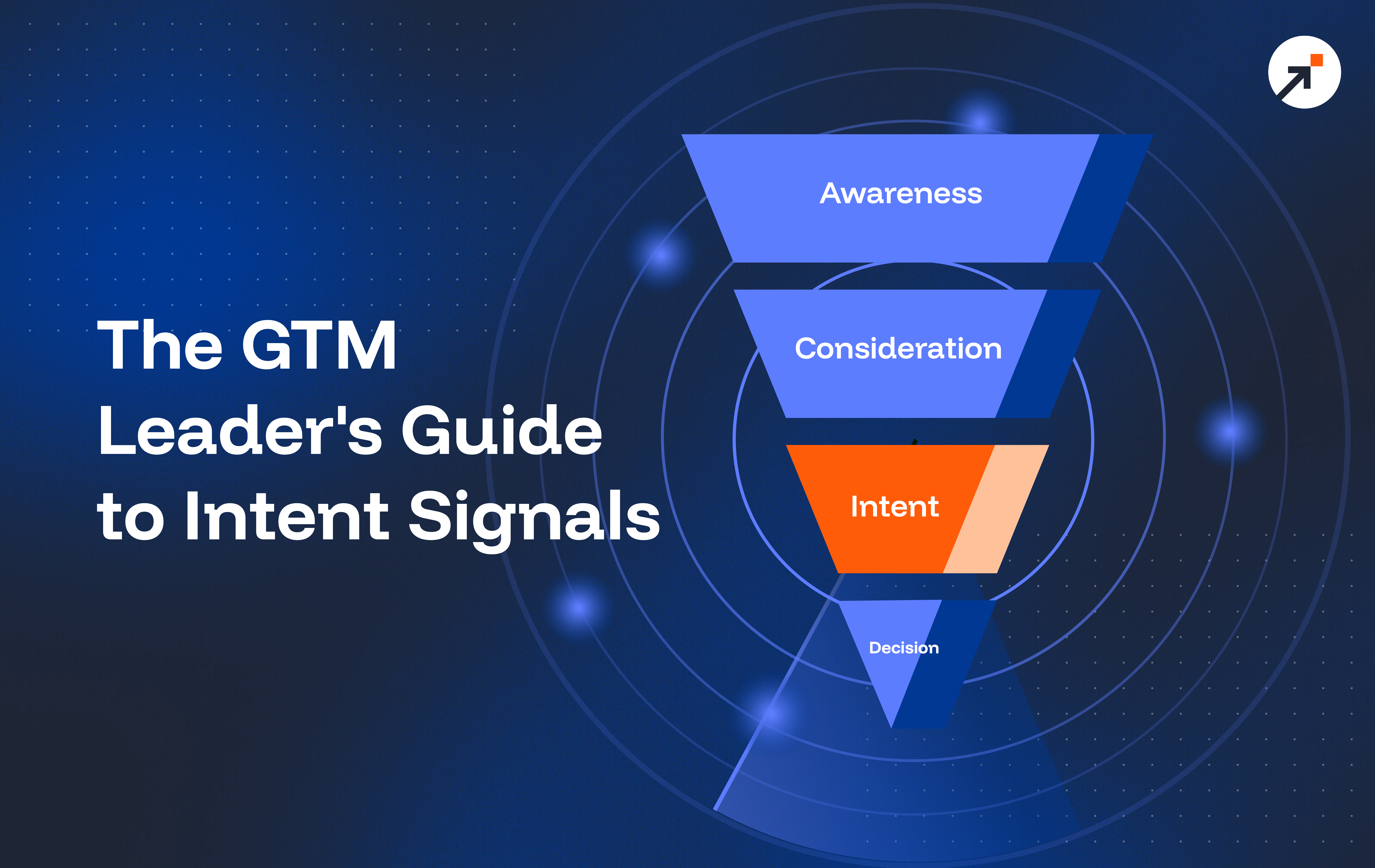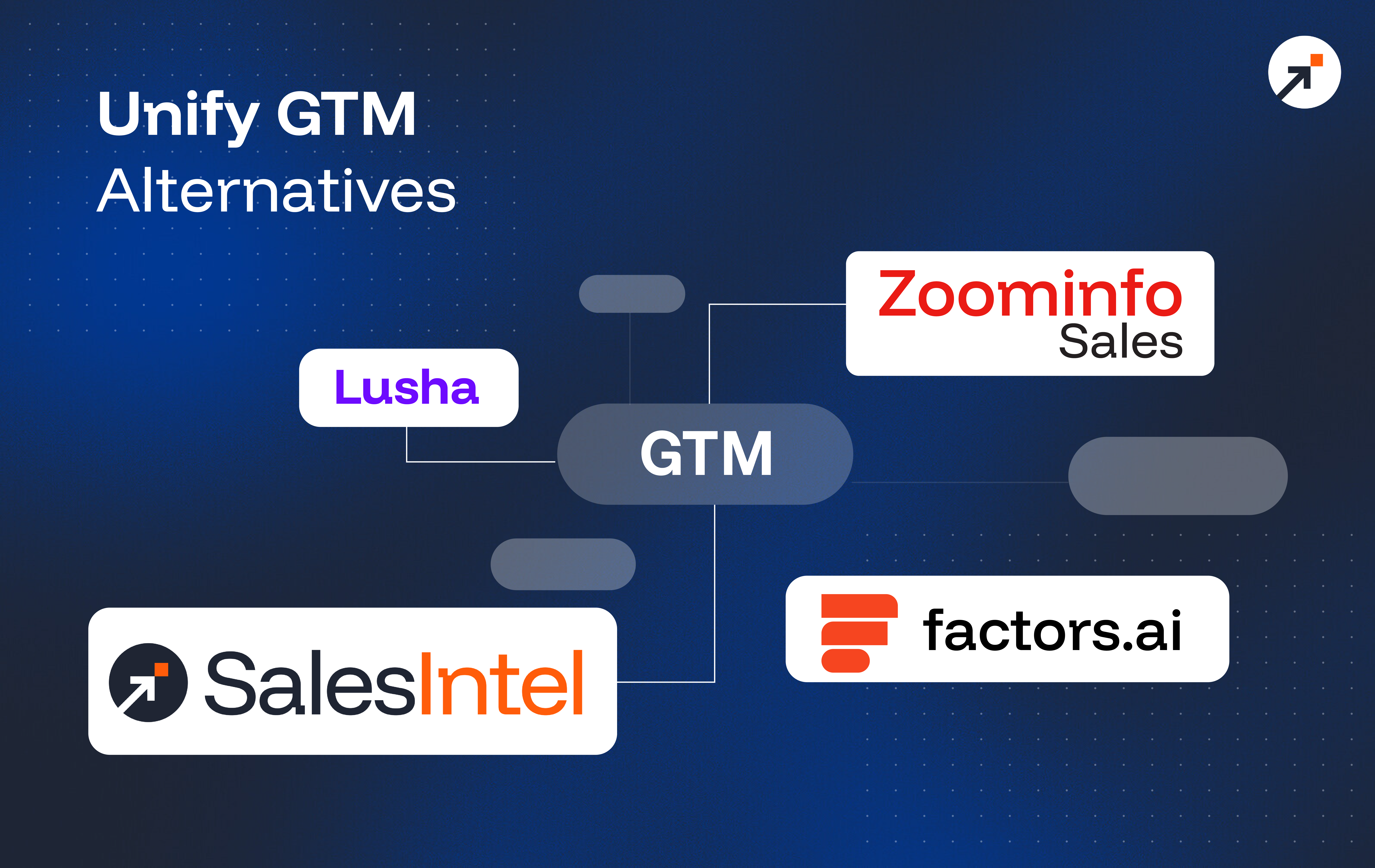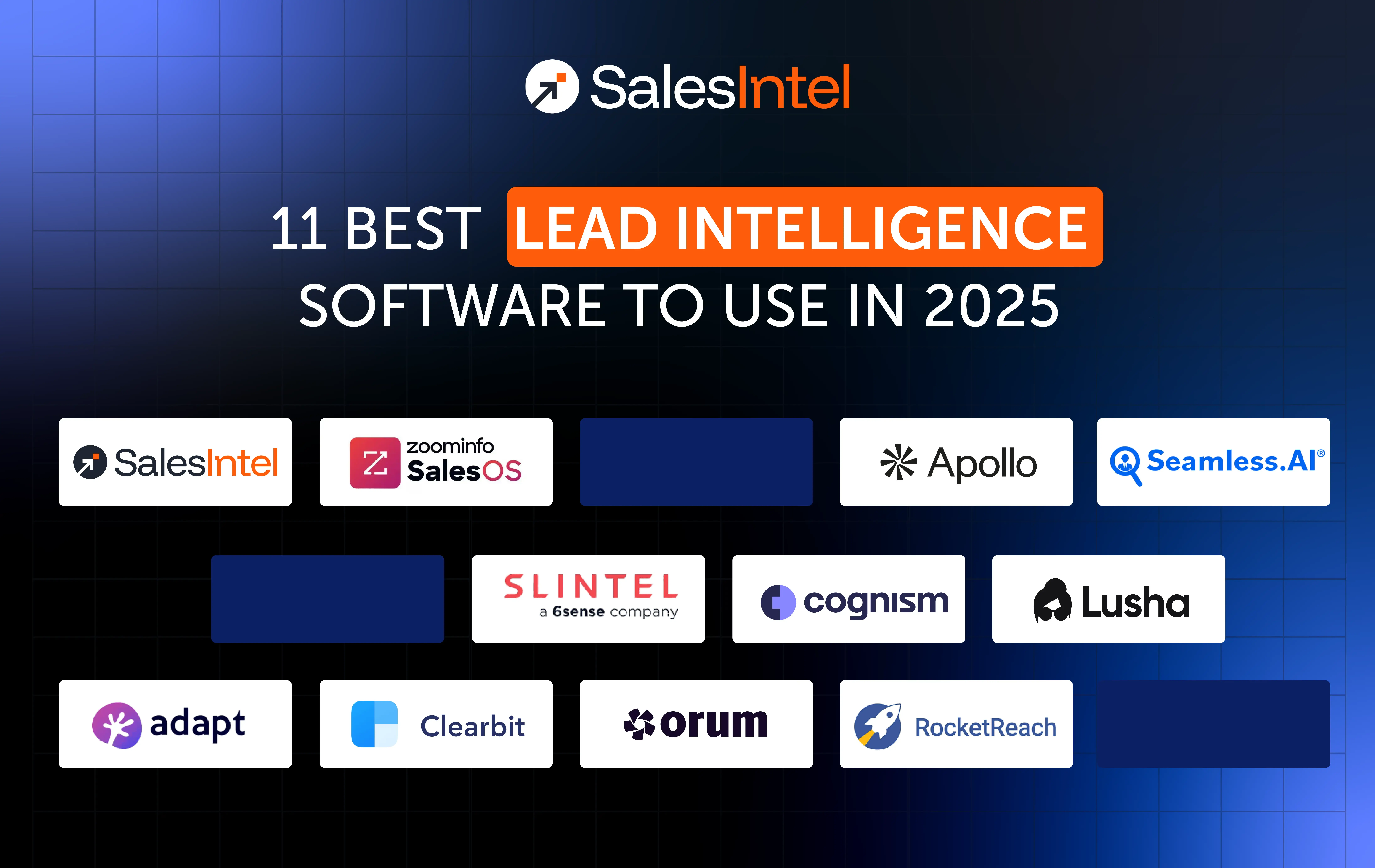New regulations from Gmail and Yahoo aim to simplify the process of avoiding unwanted emails. These guidelines mandate bulk email senders to incorporate an unsubscribe feature in all their messages.
The Update for Bulk Email Marketing and Sales Professionals:
Starting in February 2025, Google is rolling out new rules for high-volume email senders who send over 5,000 emails per day to Gmail inboxes. These guidelines are aimed at ensuring a more secure and user-friendly email experience for recipients.
Here’s a breakdown of what these mandates involve:
-
Email Authentication:
Bulk senders must authenticate their emails using established protocols like SPF, DKIM, or DMARC. This verification process helps in confirming the legitimacy of the sender, reducing the chances of email spoofing or phishing.
-
Simple Unsubscription:
Gmail will enforce a mandatory one-click unsubscription option for recipients of bulk emails. Additionally, senders are required to process all unsubscription requests within two days. This empowers users to easily opt out of receiving further communications, promoting a more transparent and user-centric approach.
-
Avoiding Spam:
Gmail will monitor and enforce a spam rate threshold. Senders are expected to maintain a clear threshold below which their emails are considered non-spammy. This emphasizes the importance of delivering content that users genuinely want, minimizing the risk of emails being marked as spam.
Google emphasizes that these measures are fundamental to maintaining good email practices and notes that many reputable senders are already aligned with these standards.
To assist bulk email senders in adhering to these changes, Google plans to offer guidance on implementation in the months leading up to the enforcement.
Impact on Email Marketing & SEO:
These impending changes emphasize the criticality of adhering to established email authentication standards and maintaining a low spam rate. It’s crucial for those with email lists exceeding 5,000 recipients to familiarize themselves with these new requirements and ensure compliance before the deadline in February.
Impact on Email Marketing:
-
Authentication Requirements:
The authentication protocols (SPF, DKIM, DMARC) will ensure that senders verify their identities, reducing the chances of spoofing or phishing. This enhances trust between senders and recipients, which is crucial for successful email marketing campaigns. Legitimate senders are more likely to gain traction and engagement from their audience.
-
Unsubscription Process:
The enforced one-click unsubscription option and timely processing of requests signify a user-centric approach. While it might initially lead to a decrease in subscriber counts, it ensures a more engaged audience. Those who remain opted-in are more likely to be genuinely interested in the content, resulting in higher open rates and better overall campaign performance.
-
Spam Rate Threshold:
By setting clear expectations for spam thresholds, Google emphasizes the importance of sending wanted content. This compels marketers to focus on delivering relevant and valuable content, thereby reducing the likelihood of their emails being marked as spam. It pushes marketers to refine their targeting and content strategies for better engagement.
-
Quality Over Quantity:
These measures encourage a shift from a numbers-driven approach to a quality-oriented one. Marketers will need to concentrate on crafting personalized, relevant, and valuable content to maintain engagement and avoid being labeled as spam.
Impact on SEO:
-
Engagement Signals:
Positive engagement metrics, such as open rates, click-through rates, and low unsubscribe rates, could indirectly influence SEO. Google considers user behavior as a signal for determining content quality. Higher engagement due to more relevant and wanted emails might positively impact website ranking and overall SEO efforts.
-
Sender Reputation:
Sender reputation, which is affected by these email practices, might indirectly influence SEO. A positive sender reputation signals trustworthiness and credibility, potentially reflecting positively on associated web properties.
-
Content Relevance:
Email content relevance is paramount for engagement and can indirectly impact SEO. Marketers striving to create more tailored content for better email engagement may extend this approach to their website content. This alignment between email content and website content relevance could positively affect SEO.
The updates emphasize user-centricity, transparency, and relevance in email marketing practices. Aligning with these standards enhances the email experience and potentially contributes to better SEO performance through improved engagement signals and sender credibility.
The Future Outlook Post-Update:
New measures from Google continue to redefine the landscape of email marketing and user interaction. Here’s a preview of what the future might look like following the implementation of these mandates:
-
Enhanced User Experience:
With streamlined unsubscription processes and reduced spam, recipients can expect a cleaner, more relevant inbox experience. This shift should lead to increased trust in emails and greater receptivity to legitimate content.
-
Improved Sender Credibility:
Adhering to these standards will help legitimate senders bolster their credibility. By demonstrating a commitment to responsible email practices, senders can establish trust and maintain positive sender reputations, fostering better engagement with their audiences.
-
Innovation in Email Strategies:
These updates may prompt marketers to innovate their email strategies. The focus might shift towards crafting more personalized and targeted content, leading to increased creativity in engagement tactics and content delivery.
-
Evolution of Email Technology:
As the industry adapts to these standards, there could be advancements in email technology. This might involve the development of more sophisticated authentication methods or tools that offer better insights into recipient preferences for improved segmentation.
-
Shift in SEO Dynamics:
The intersection of email marketing and SEO is growing. Compliance with these email standards could indirectly impact website rankings, as user engagement and positive sender reputation become more integral factors in search engine algorithms.
-
Global Adoption of Best Practices:
These changes set a precedent for responsible email practices globally. Other email service providers might follow suit, establishing similar standards to enhance email security and user experience across various platforms.
Ultimately, these updates signify a pivotal moment. They encourage a shift towards more user-centric and transparent practices while simultaneously urging marketers to rethink and refine their approaches to engage with audiences more effectively.
As these measures take root and become standard practice, the future of email marketing and user interaction holds the promise of a more secure, personalized, and mutually beneficial communication ecosystem.
Harnessing Accurate B2B Data: Targeting Ready-to-Buy Prospects with Intent Data
The focus isn’t just on reaching potential clients but connecting with those who are actively seeking solutions—a concept tied closely to intent data.
Using accurate B2B data ensures that your marketing efforts are directed toward prospects who are not just within your target audience but are also in the market for your products or services. This precision helps in reducing wasted resources on outreach to uninterested or unqualified leads.
Precision marketing also helps you stay aligned with Google’s bulk email marketing mandates and increase your engagement and positive SEO signals.
Reaching prospects who are ready to buy is a game-changer for B2B marketers. Intent data, derived from analyzing online behaviors, signals the intent of a prospect to make a purchase or seek solutions. By leveraging intent data, marketers can:
-
Target High-Intent Prospects:
Identify and prioritize leads showing strong signals of purchase intent. For instance, tracking website visits, content downloads, or specific keyword searches can indicate active interest.
-
Personalize Outreach:
Armed with insights from intent data, marketers can craft highly personalized and relevant messages. This tailored approach increases the chances of engaging prospects at the right moment with the right message.
-
Optimize Conversion Rates:
Focusing efforts on prospects displaying buying intent leads to higher conversion rates. Engaging with prospects when they are actively seeking solutions enhances the likelihood of closing deals.
Intent data serves as a compass, guiding marketers to navigate the crowded B2B landscape more effectively. It allows for proactive engagement with prospects at opportune times, aligning marketing efforts with their buying journey.
Therefore, combining accurate B2B data and intent data is a potent formula for success. It enables marketers to focus their resources on engaging prospects who are not just a part of the target audience but are actively searching for solutions, resulting in more efficient and fruitful B2B marketing campaigns.
Want to learn what Predictive Intent data looks like and how it works?




